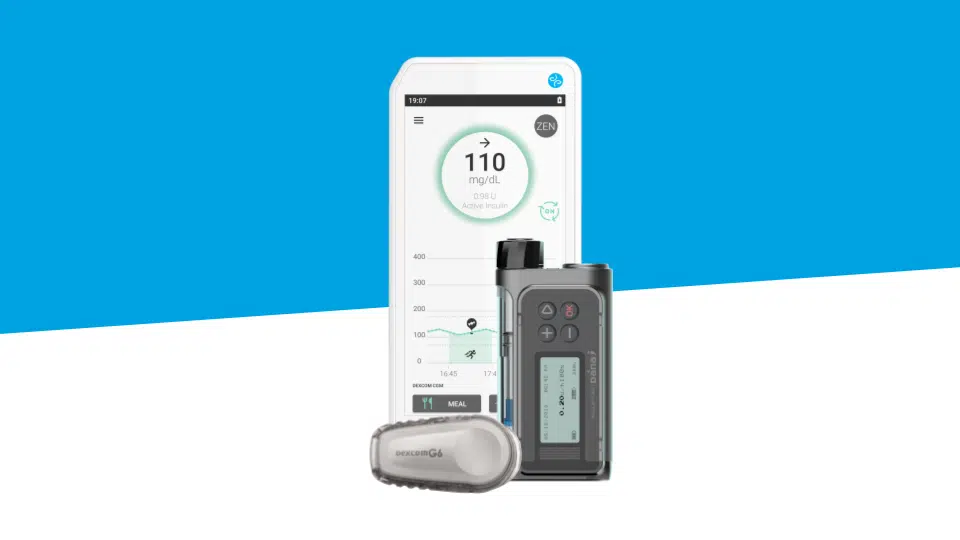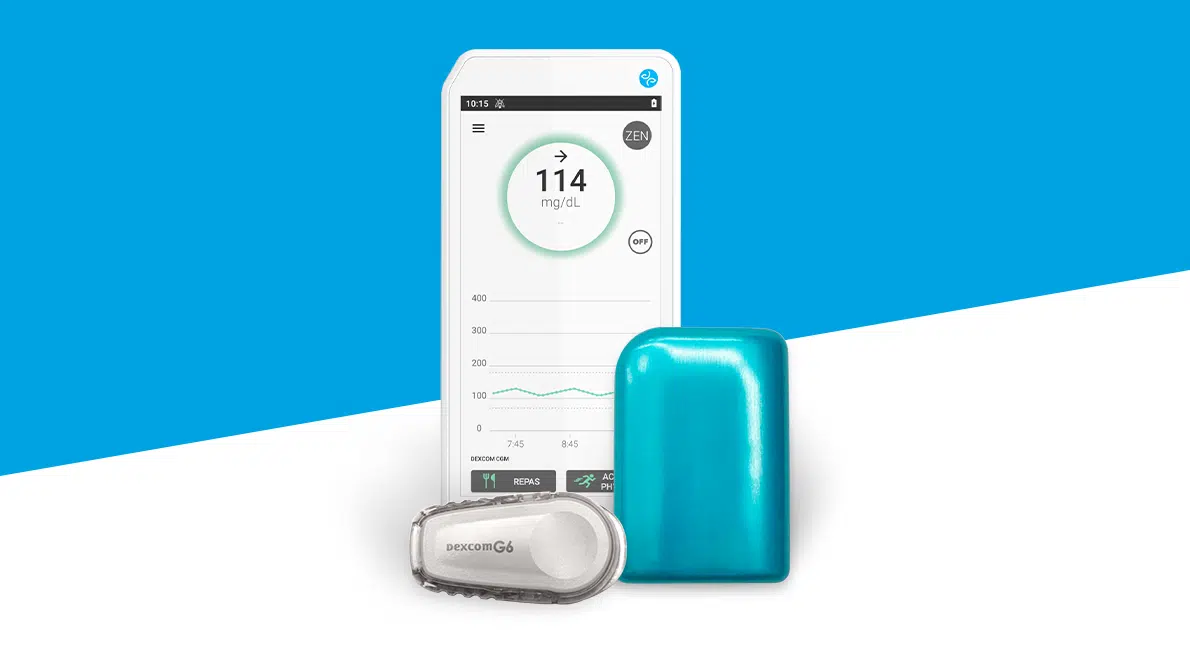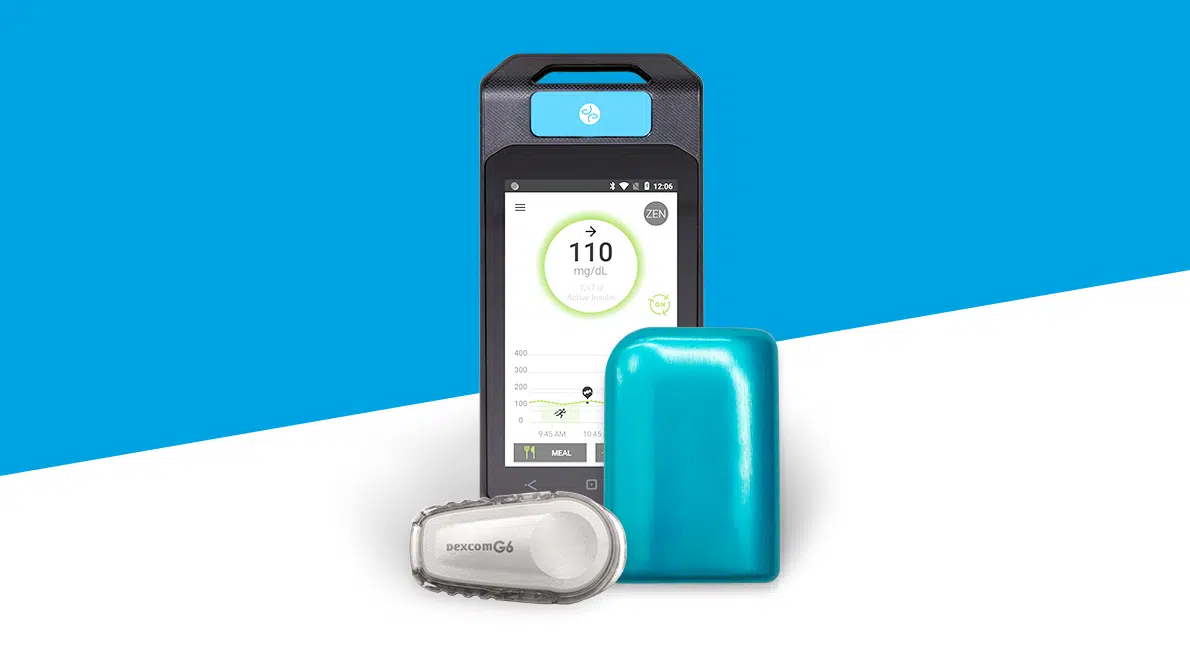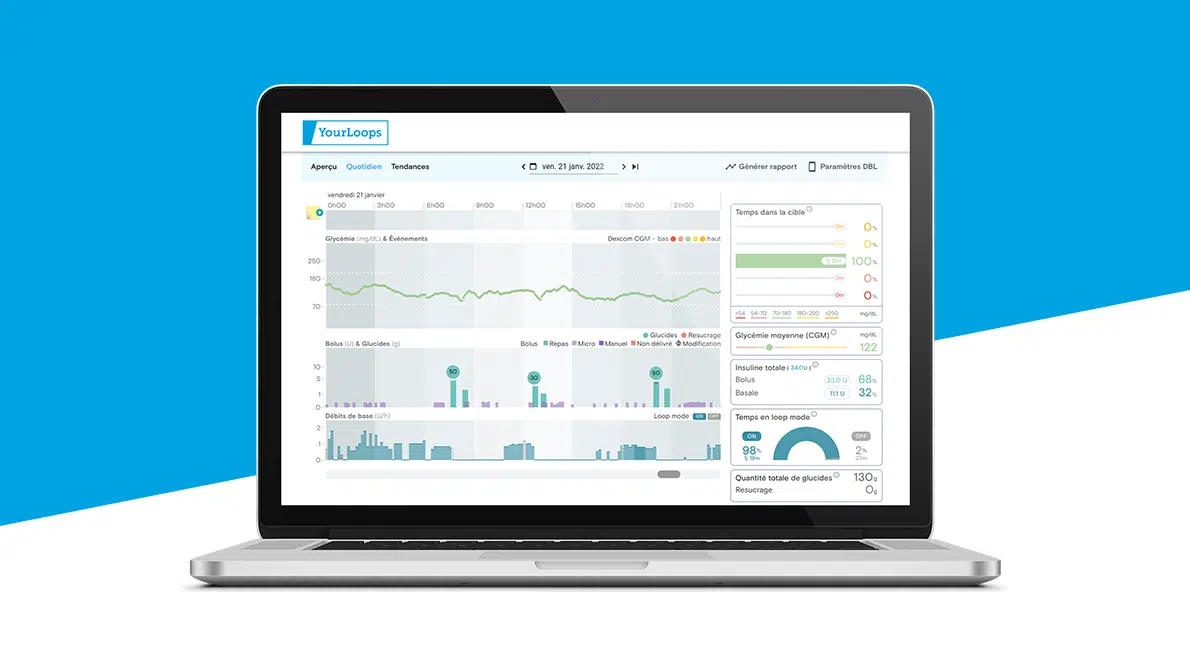
Diabetes And Pregnancy: Potential Risks And Complications
Nowadays, people with Type 1 diabetes without other underlying health conditions are not exclusively discouraged from having a baby. However, in addition to the usual precautions, people with Type 1 diabetes planning to become pregnant should also follow a number of recommendations to ensure a smooth pregnancy for both themselves and their unborn child.
Changing Hormones And Insulin Requirements
Controlling their blood sugar levels is a daily challenge for anyone living with diabetes, and especially during pregnancy, which is a period of intense hormonal upheaval.
During the first three months (trimester), insulin requirements generally fall, and this can be further accentuated by the nausea and sickness common in early pregnancy. Then, from the second trimester, insulin resistance will start to develop due to certain hormones. This will cause a significant increase in insulin requirements making it necessary to increase insulin doses until 30 to 34 weeks, at which time they typically stabilize until delivery.
Immediately after delivery, insulin requirements will fall very sharply, usually returning to pre-pregnancy levels, or even lower if you are breastfeeding.
So it’s extremely important to warn any pregnant person with Type 1 diabetes that they must remember to drastically cut their insulin doses after delivery and return to the doses they were taking before becoming pregnant. What’s more, these “reference” doses should be communicated to the medical team responsible for their care after the birth, to prevent the occurrence of hypoglycemic episodes.
Potential Complications To The Parent
Specifically for people with Type 1 diabetes, blood sugar imbalances during pregnancy and the accompanying hormonal changes can exacerbate common diabetes complications, especially those affecting the eyes, so regular eye exams including an ophthalmoscopy are essential throughout pregnancy. The worsening of underlying diabetic kidney disease is another possible complication and can cause kidney failure.
Read more:
- Type 1 Diabetes And Eye Complications: Diabetic Retinopathy
- Type 1 Diabetes: How To Avoid Kidney Complications?
The risk of pre-eclampsia is also higher in people with T1D. This is a type of gestational hypertension (high blood pressure during pregnancy), along with fluid retention (edema) and the presence of protein in the urine, which can progress to a much more frightening, but thankfully rare, complication: eclampsia, the onset of seizures that are life-threatening to both the unborn child and the parent.
Good Pregnancy Management Is Essential
When planning for a pregnancy, it is important to ensure good blood sugar control, even before conception. Once the pregnancy has started, it is just as important to maintain a good blood sugar balance from the very earliest weeks, when the organs of the fetus are formed. Poor glucose control during this stage of pregnancy causes an increased risk of deformities compared to the population as a whole. Beyond the organ development phase, chronic hyperglycemia exposes the fetus to a risk of macrosomia (when a fetus is large for its gestational age). Hyperinsulinism causes an abnormal increase in growth. The baby will then have a higher than normal birth weight.
This fetal macrosomia can cause delivery problems, with a higher risk of Cesarean section or preterm delivery. The baby’s size can also lead to a need for manipulation during delivery, with the use of forceps or a ventouse to help the baby through the birth canal, exposing the baby to a risk of shoulder dystocia, where the baby’s shoulders get stuck, requiring special maneuvers to release them.
Transmission Of Diabetes To The Baby
The risk of passing on Type 1 diabetes is low, at around 3 to 4%. The transmission of T1D involves several genes. But this figure needs to be put into perspective because, despite this genetic predisposition, more than 90% of people who develop Type 1 diabetes have no history of the condition in their family.
A few recommendations
- Closely monitor blood sugar from before conception until delivery, with the support of a specialized team.
- Keep glycated hemoglobin (HbA1C) levels under the 7.0% mark (and even under 6.5% where possible) to reduce the risks of complications and malformations. Warning: people with HbA1C levels of above 10.0% should seriously consider delaying pregnancy until they have reached their blood glucose targets.
- Perform blood or urine ketone tests when blood glucose levels are high for a few hours.
- Perform an eye examination and kidney function investigation before conception and continue monitoring the eyes during pregnancy.
- Control high blood pressure.
- Favor folic acid-rich foods: this vitamin is very important to help prevent defects in the baby’s brain and spine (spina bifida). Folic acid supplementation is now routine before conception and during early pregnancy.
While there are no particular contraindications for people with Type 1 diabetes having a baby, a pregnancy requires precautions before and during pregnancy and right up to delivery. The risks are substantially limited if the diabetes is well controlled, so it is very important to talk to your doctor when planning a pregnancy.







